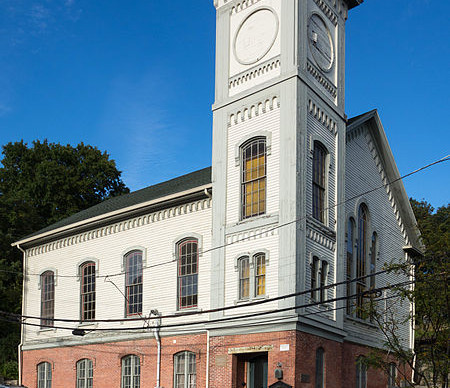
- Music
- Performance
Congdon Street Baptist Church
17 Congdon Street
The history of the Congdon Street Baptist Church reflects much of the racial history of Providence through the 19th and 20th centuries. The church was first located on Meeting Street, when Moses Brown deeded the street to “People of Color” in 1819. In 1820, the African Union Meeting House and School was officially established. The church stayed at this location until 1869, when neighbor George Hale asked the church to exchange their property for property he owned on Congdon and Angell streets. The church indicated that they were not interested in moving for financial reasons (they had no debt in this location). Shortly thereafter, the church was burned to the ground. In 1874, the members of the church agreed to exchange property with Hale, and moved to the present-day Congdon Street location. The church was then renamed Congdon Street Baptist Church. Congdon Street Baptist Church has remained a site for important local events, including housing the 65 black Brown University students who walked off the Brown Campus in 1968 in protest of Brown’s failure to earnestly recruit qualified black students. Throughout its 20th century, Congdon remained a space for artists and local artistic practices.
–written by Lydia Kelow-Bennett
Image Source (Top): Kenneth Zirkel - Kenneth Zirkel - 2012
